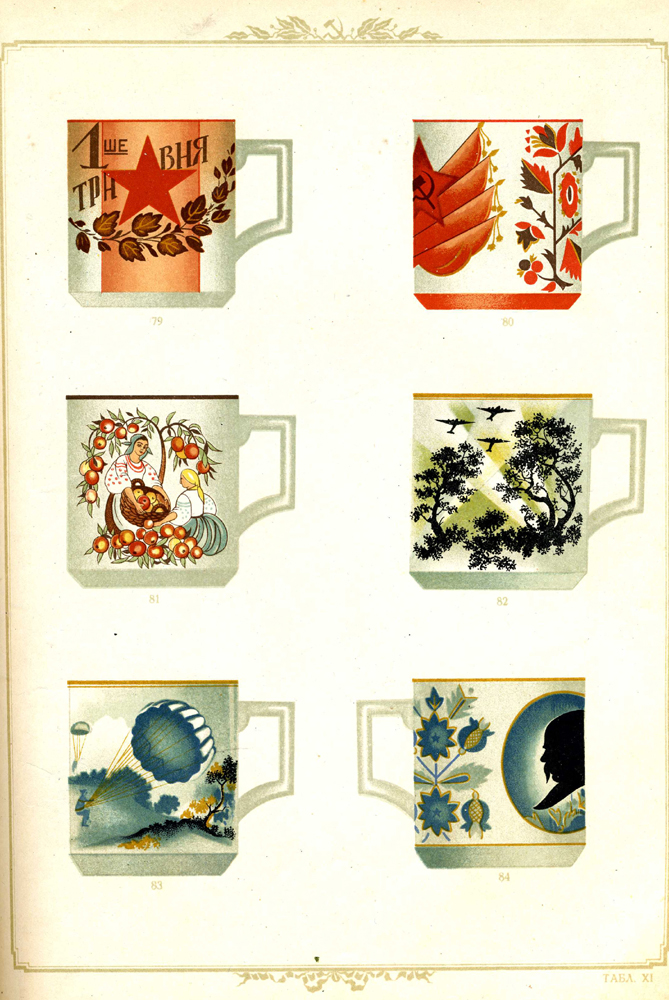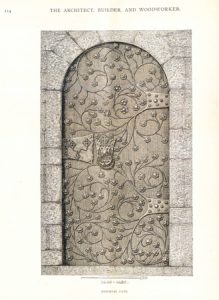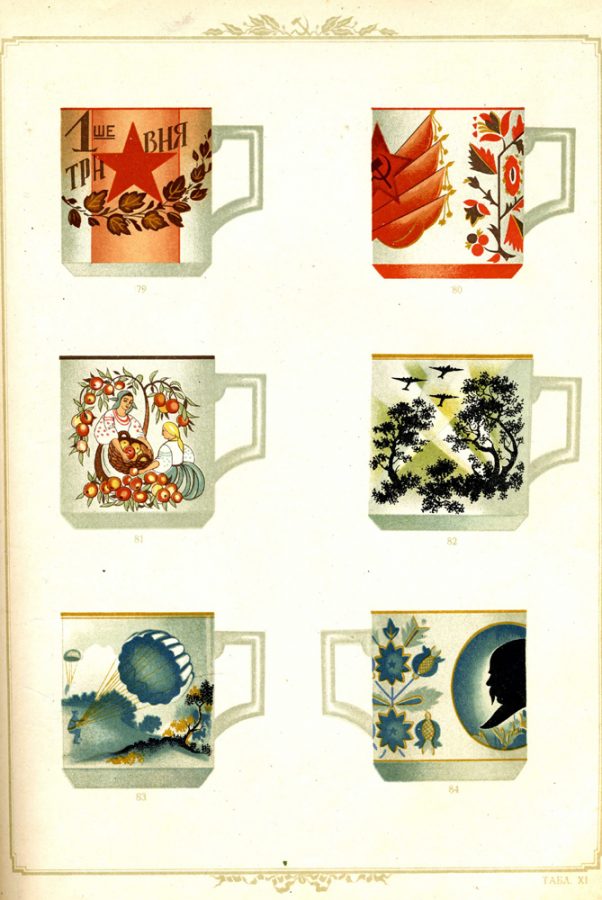The Cooper Hewitt, Smithsonian Design Library owns over 4,000 photographs by American photographer and journalist Thérèse Bonney, (1894-1978), who documented life in Paris from 1925-35. In 1929, she and her more »
Author: Elizabeth Broman
According to the author’s text in The Home Decorator and Color Guide (1939), the images in this booklet, “are not meant to be examples of what in any absolute sense more »
Design is for public consumption. Its process is collaborative and frequently involves many iterations of an idea before the best solution is found. This is why contests in design come about so naturally. Design competitions date all the way back to 448 BCE when the city of Athens decided to construct a war memorial on the Acropolis. This decision followed the Greco-Persian war and the watershed Battle of Marathon in Athens. Not all design competitions follow landmark events though.
All incoming students in The New School Parsons History of Design and Curatorial Studies (MA) Masters’ Degree Program at the Cooper Hewitt, Smithsonian Design Museum take an object and research based class called Pro-Seminar. This course trains students in conducting formal analyses, writing catalog entries, and making visual presentations that require students to conduct and integrate primary and secondary source research. Students select one work from the museum collection to study during this first semester, that ”work” can be a book from the Cooper Hewitt Design Library presented by staff during curatorial orientations. Phobia was chosen as a Pro-Seminar topic by Joseph T. McPartlin in the fall of 2015.

This extremely rare 1940 trade catalog the Cooper-Hewitt Smithsonian Design Museum Library, Katalog farforu fa︠i︡ansu i maĭoliky, represents the production of not any one company. It is the output of 10 state-owned ceramics factories all over the Ukraine in small towns and villages, after industry was nationalized in 1918. This is a primary source document for the decorative arts and for studying the material culture and political history of the Ukraine and the former Soviet Union.

The Cooper Hewitt Library collects a variety of trade periodicals, especially those dealing with architecture and the building trades. The Architect, builder and woodworker is a journal of industrial art that offers practical and technical information for anyone with the skill and interest in designing a home or other building. We own nearly 100 issues ranging from 1875-1895. Architecture as a profession at this time was just emerging; master builders, draftsmen, and craftsmen created structures and the features and furnishings in them



